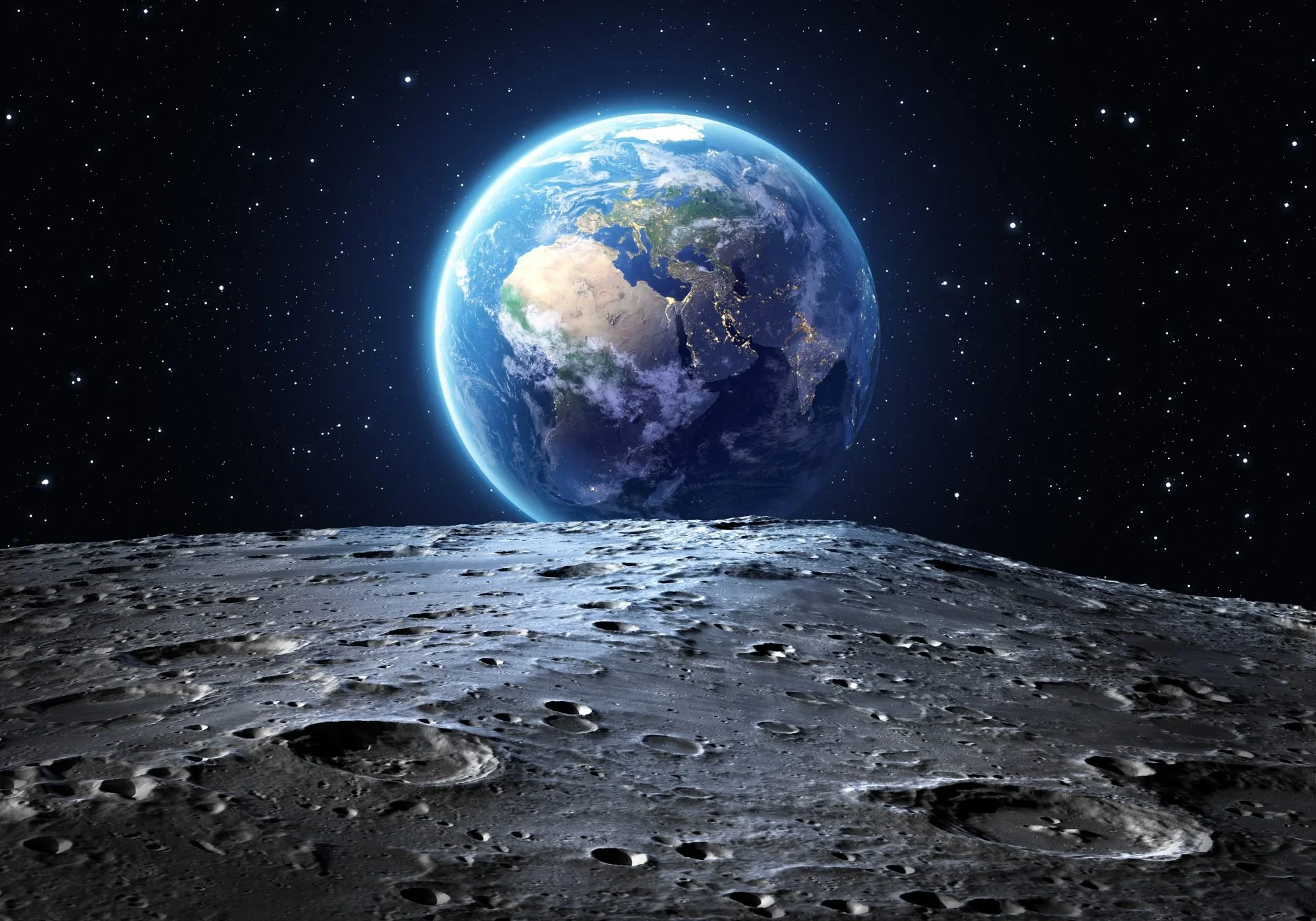The prevalent plan is to extract water from the fine dust deposits found in the moon’s north and south poles and separate it into hydrogen and oxygen. The hydrogen would be used as fuel to allow space travel beyond the moon, while the oxygen would be utilized to sustain life. At the moon’s north pole alone, an estimated 60 million tonnes of water is available for extraction. “If we convert all of that water into shuttle fuel, we could launch a shuttle per day for more than 2,000 years, just with the water that’s at the north pole,” said Dale Boucher, ISRU and Space Mining Consultant. “There’s a lot of water on the moon. It’s not as dry as we thought it would be.”
Meaford Resident Wins Important Legal Battle Against Diamond Giant De Beers
Local Meaford resident Trevor Hesselink never thought that his margin notes in an environmental reporting document would turn into an eight-year struggle for accountability in Ontario’s mining sector. But after months of painstaking research, publishing an exhaustive investigative report, and launching a private prosecution, Hesselink’s case against the diamond giant finally came to a successful resolution in the Timmins Ontario Court of Justice last week. De Beers Canada Inc. pleaded guilty to failing to provide mercury monitoring data relating to the operation of its Victor Diamond Mine in Northern Ontario.



